Take a wander through Florence’s local neighborhoods, like the oltrarno or Sant’Ambrogio. Pop into bars with standing espresso-sippers in the morning; peek in pastry shop windows laden with cakes and biscotti or a busy lunchtime trattorie with its predictable yet reliable menu. Join regulars spilling onto the street from some hole-in-the-wall wine bar. If you did these things every season, year in, year out, you would see how Florentines remain proudly attached to their unchanging lifestyle and cuisine. It’s a cuisine made up of age-old dishes—of the same bread written about by Dante, the panzanella salad that Bronzino turned into a poem, and the spring cheese Michelangelo noted in his journal.
History has a way of weaving itself through every aspect of Florentine life; no exception is the food, which is as unfussy, humble and rustic, as it has been for centuries. And although it has been 500 years since it was considered a city at the height of innovation and inspiration, Florence’s food today is still unique, even within Tuscany, and prepared with pride.
Individual dishes recount the story of the city, and you can tell the time of year simply by looking at a menu or market stall. April means broad beans, served right in their pods with pecorino cheese. May brings the first cherries and the last of the artichokes, battered and deep fried. The summer is for tomatoes, tumbled into panzanella salad. September is wine harvest, the time for grape-studded bread to appear in forni across the city. And in October and November, roasted chestnuts are dipped in vino novello, or “new” wine.
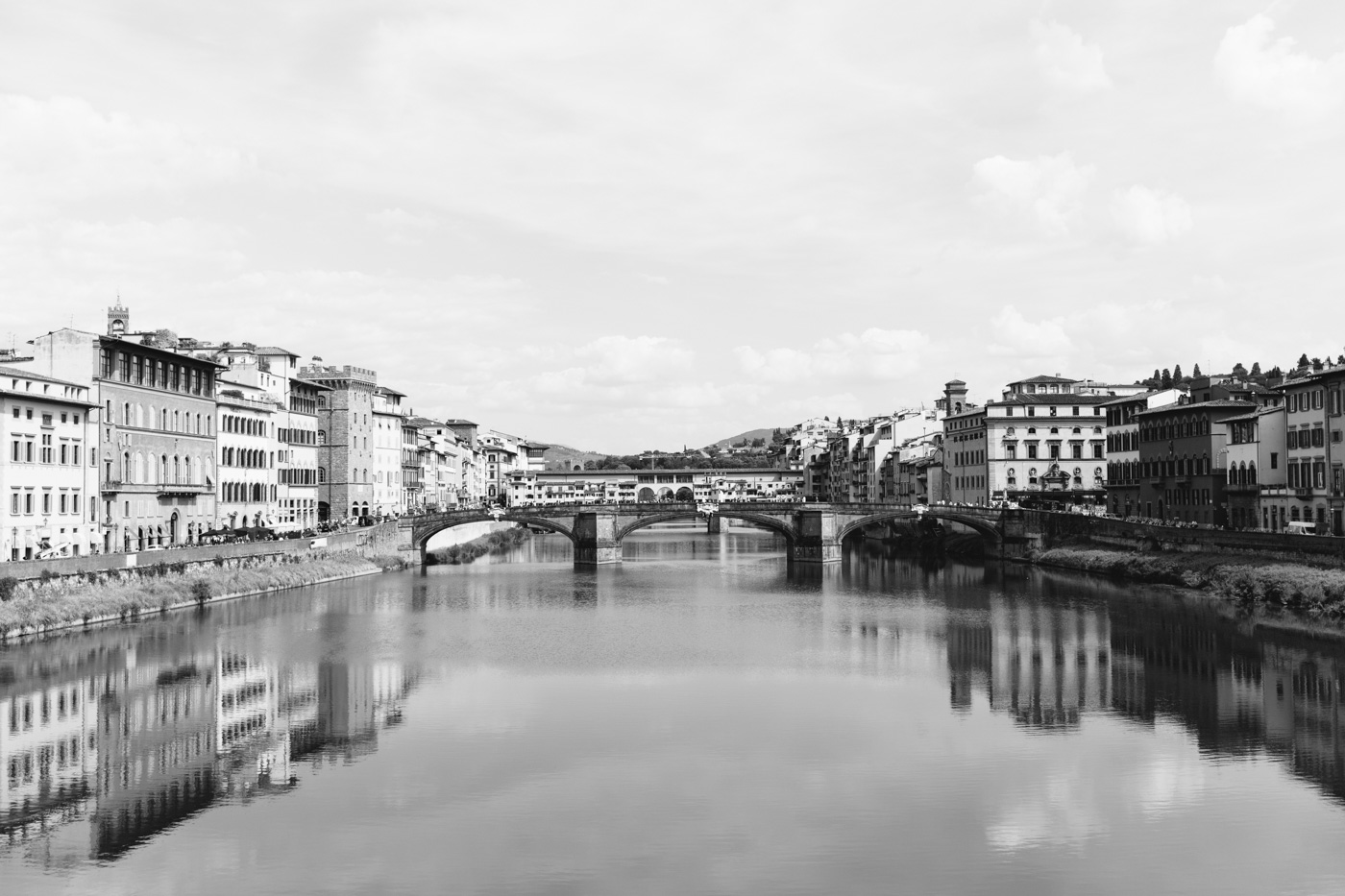
The city has the incredible fortune of being in the middle of beautiful, fertile Tuscany, where good olive oil, delicious wine, abundant fresh produce, and native breeds like elegant chianina cattle and heirloom cinta senese pigs, have always been available. These are still the fixtures of the Florentine table, along with bread—an essential, unsalted, large loaf that is never missing from any meal. Combine that luck with its proud, headstrong people who have preserved the city’s favorite dishes and food traditions just as they have their famous buildings and art, and you start to get a taste of true Florentine cuisine.
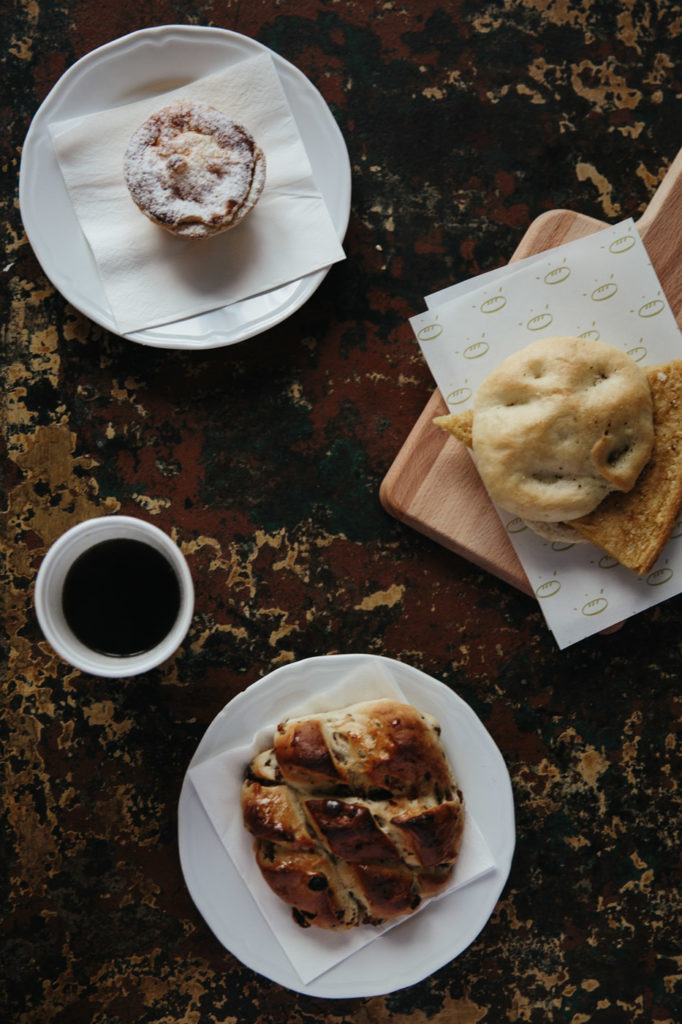

S. Forno
Via Santa Monaca, 3
When the creators behind the beloved oltrarno restaurant Il Santo Bevitore rescued a 100-year-old bakery in danger of closing, something special was bound to happen. With ovens directly out back, the main room offers a few cozy vintage tables and stools (restored by local Luca Rafanelli, whose mesmerising workshop where old things are made new is just down the road on Via dei Serragli) to perch on, but it still very much functions like the neighborhood bakery it has been for a century. It’s a place where folks come to buy bread and pastries to take home.
Bakeries don’t normally have an espresso machine, but here there is hot water for tea bags and filter coffee on tap to go along with schiacciata (Tuscan focaccia) slices as wide as a chopping board, sfoglie alla crema (sugar-sprinkled puff pastry pocketing a custard filling), a small, glistening semolina and chocolate tart, a whole wheat loaf of pane toscano (the region’s famous saltless bread), and some pandiramerino (bread buns studded with sultanas and rosemary). I am eyeing the schiacciata smothered in soft stracchino cheese and sesame seeds while waiting for a cinque e cinque—a small round of schiacciata to be cut open and filled with a slice of cecina (chickpea flour pancake), olive oil, and plenty of black pepper. Later for lunch, there’s even a menu del giorno with offerings like asparagus, ricotta and lemon quiche or spinach and tuna salad. And like this, the old Florentine bakery lives on.
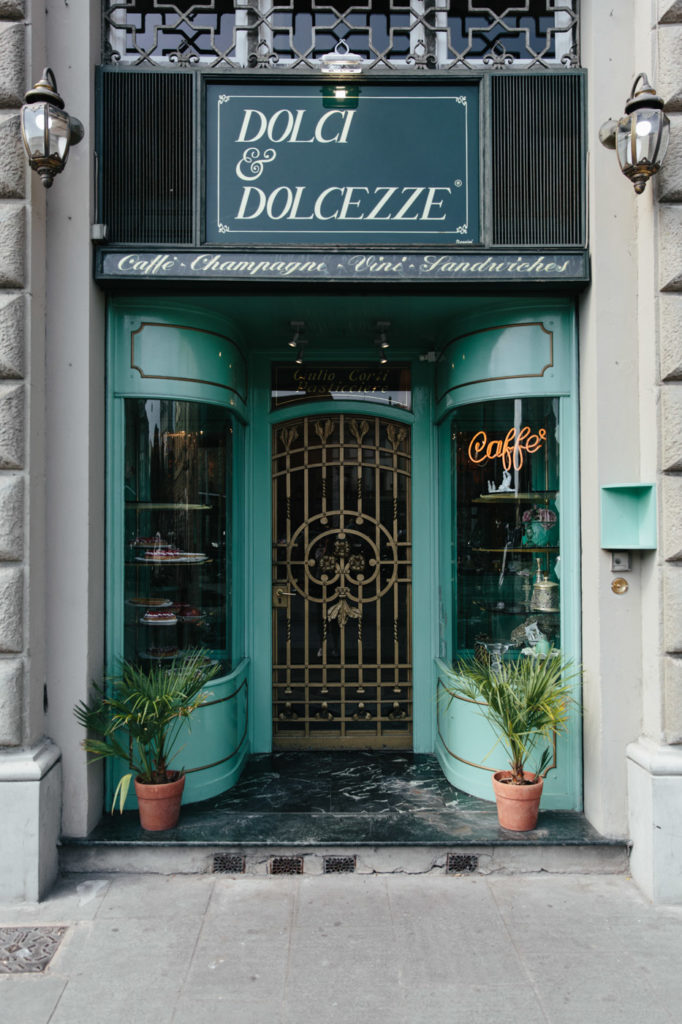

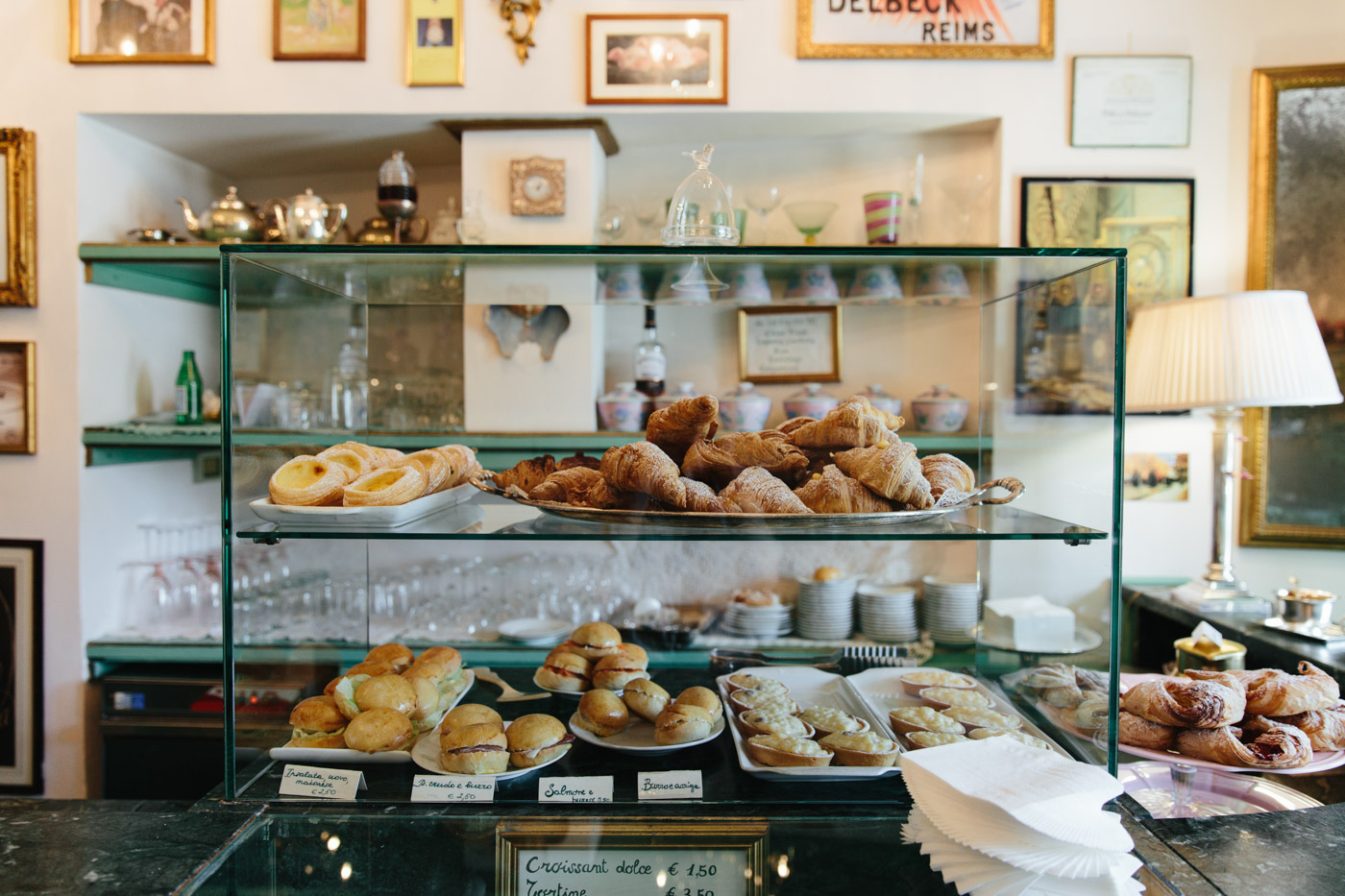
Dolci e Dolcezze
Piazza Cesare Beccaria, 8r
Florentines say the way to tell a good pasticceria is to try their budino di riso, a local pastry made of a small, sweet pastry crust encasing baked rice pudding. It can easily be made over-sweet, or too gummy. One mediocre budino di riso and you’ll find yourself avoiding them for good. But at Dolci e Dolcezze the budini di riso are on another level—the pastry is incredibly thin and short, blind baked until deep golden, and the rice pudding is creamy, delicate and balanced. Enjoy it with an espresso (the coffee comes from excellent local roasters, Piansa) or for something refreshing, their housemade limonata made with freshly squeezed lemons.
While many come for the budini, there is much more on offer. Puff pastries with baked custard or raspberry jam, dainty sandwiches, and whole cakes with bavarian cream and strawberries fly out the door, while an embossed gold plaque announces that the chocolate cake—about half an inch tall, flourless and rich—is the best in the world. And it’s not just the sweets that attract customers. The tiny shop is made beautifully complete by inlaid stone floors and glass chandeliers, the whole of it splashed the color of jade milk glass (a distinction that makes the entrance easy to spot).
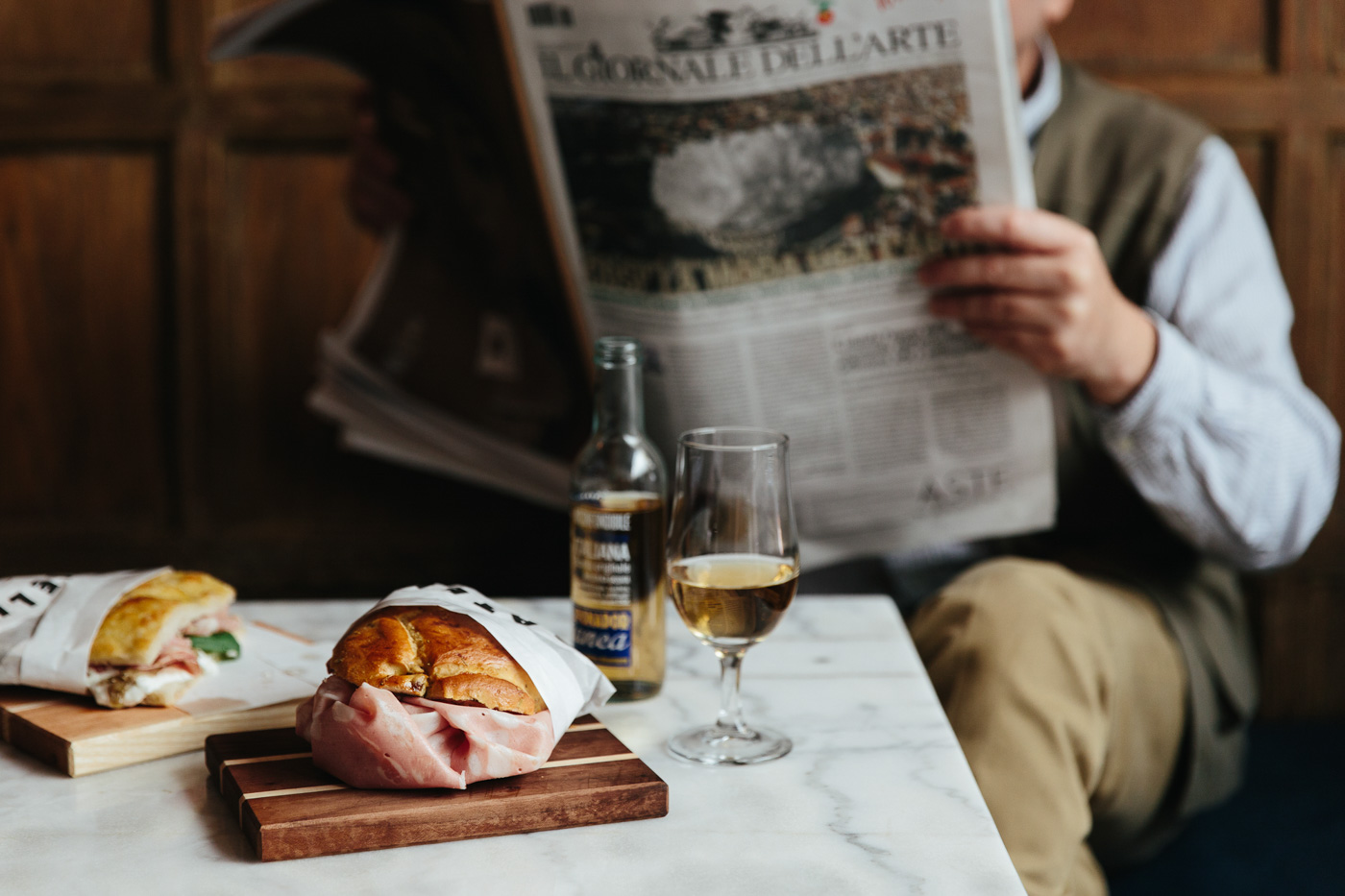
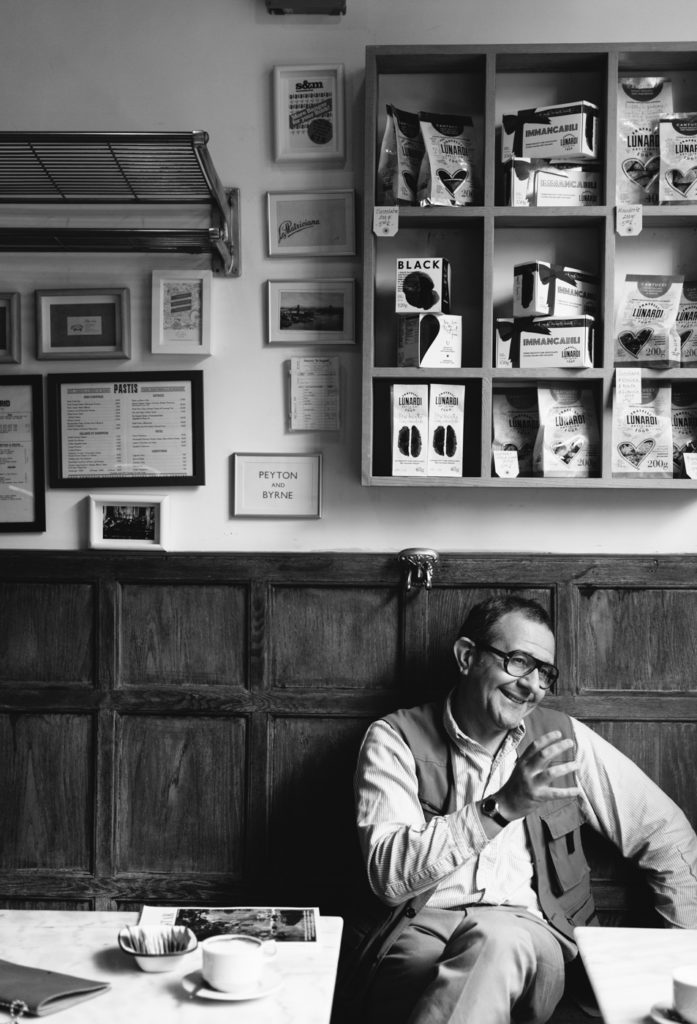
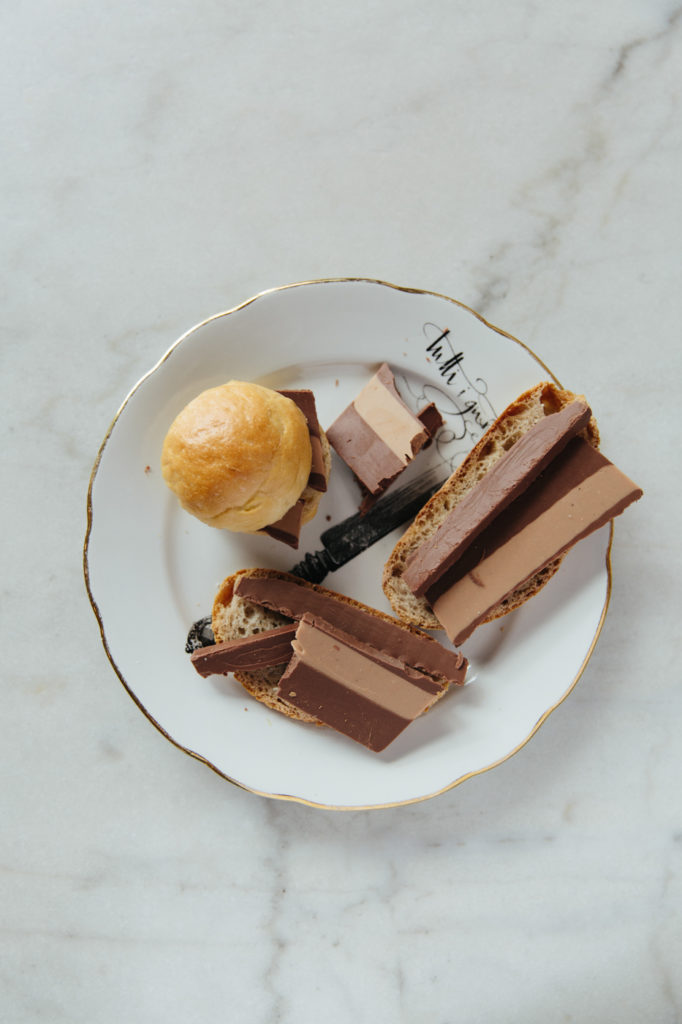
SottArno
Via Maggio 53r
At this charming café, a central counter takes the place of a kitchen, where an array of traditional panini showcasing the best ingredients of its kind and old school merende (snacks) are prepared. Newspapers on sticks, comfy chairs and a large window onto elegant Via Maggio make this a spot you could easily spend all day in. Guests munch on Pasquini mortadella sandwiched in pandiramerino (a Tuscan rosemary and raisin bun—trust them, the combination of sweet and savoury is spot on), heirloom cinta senese salame with unbelievably creamy stracciatella di burrata on schiacciata, or for the sweet tooth, pane e cremino, a large slice of creamy, two-toned chocolate on bread. You can even snack on pickles and hard boiled eggs, and wash it all down with a beer or an old school Italian spuma.
It helps that it looks good too, being the brainchild of dynamic Florentine duo, Betty Soldi and Matteo Perduca (their boutique hotel, SoprArno Suites, is above and their design studio, And Company, next door), who collected the framed restaurant menus, the luggage racks and wooden backsplash that adorn the café walls on their travels.
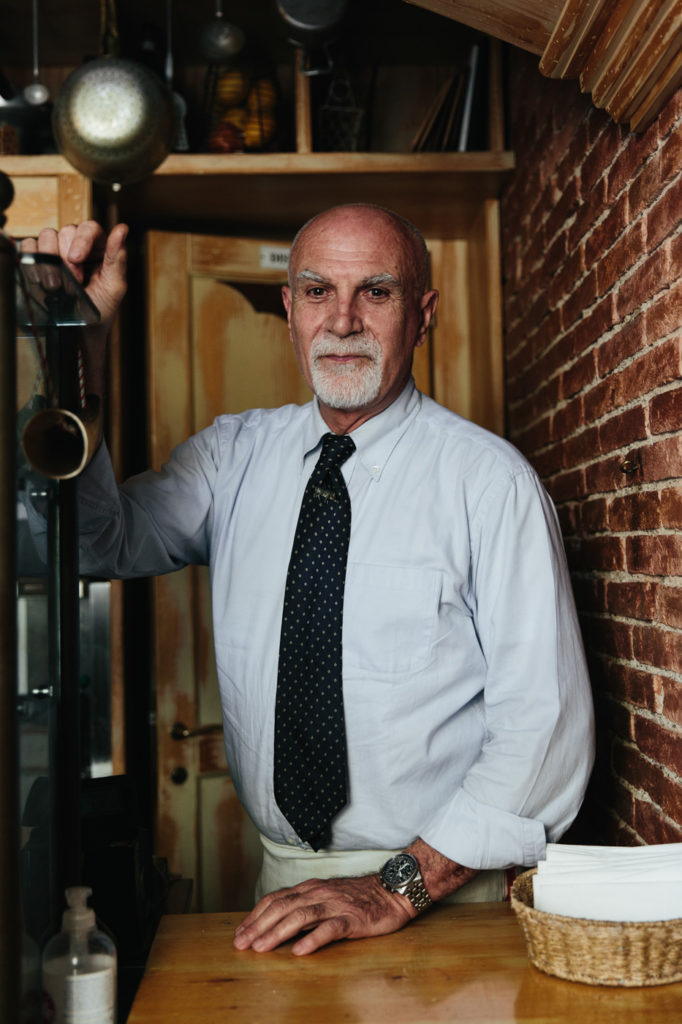
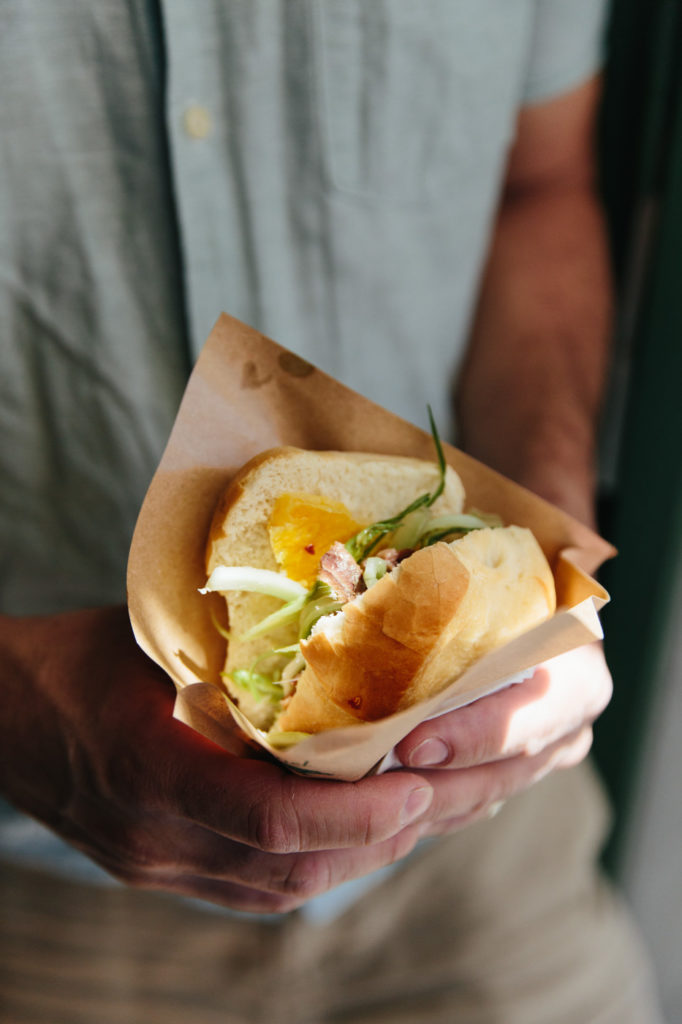
Semel
Piazza Ghiberti, 44
Florence is home to a host of good paninoteche, places that make panini on the spot—the city’s favorite street food. Semel—named after the little bread rolls preferred for this quick lunch—is different, and yet encompasses everything Florentine about this panino tradition.
Blink and you will miss the narrow entrance to this cupboard-sized paninoteca that sits alongside the vibrant Sant’Ambrogio markets. But once inside, you’ll be greeted by Marco, always elegantly dressed in a shirt and tie and eager to hand you a panino and a glass of wine. Scribbled on small chalkboards is the often-changing list of panini fillings. Unique to Semel, there are a handful of carefully crafted combinations to choose from—salted anchovies, puntarelle (chicory shoots, in season if you’re lucky, although sometimes replaced with thinly sliced fennel) and orange pieces; valeriana salad leaves, pecorino cheese and honey; arista (Tuscany’s answer to porchetta) and cherry tomatoes; lampredotto (the city’s favorite offal) with Semel’s twist, creamy burrata; you may even find donkey stew or a giant raviolo with a rustic Tuscan hare sauce stuffed into a roll. Lean against the tiny counter inside, or stand on the street and if you need an extra hand to catch that dribble of sauce, pop your glass on the purpose built wine shelf.
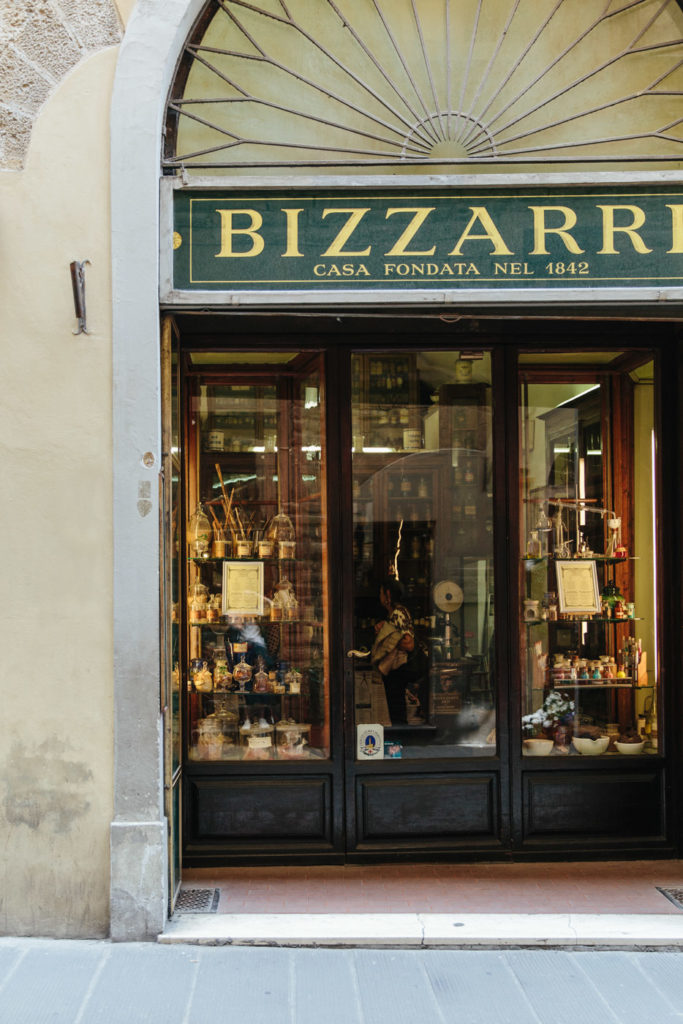
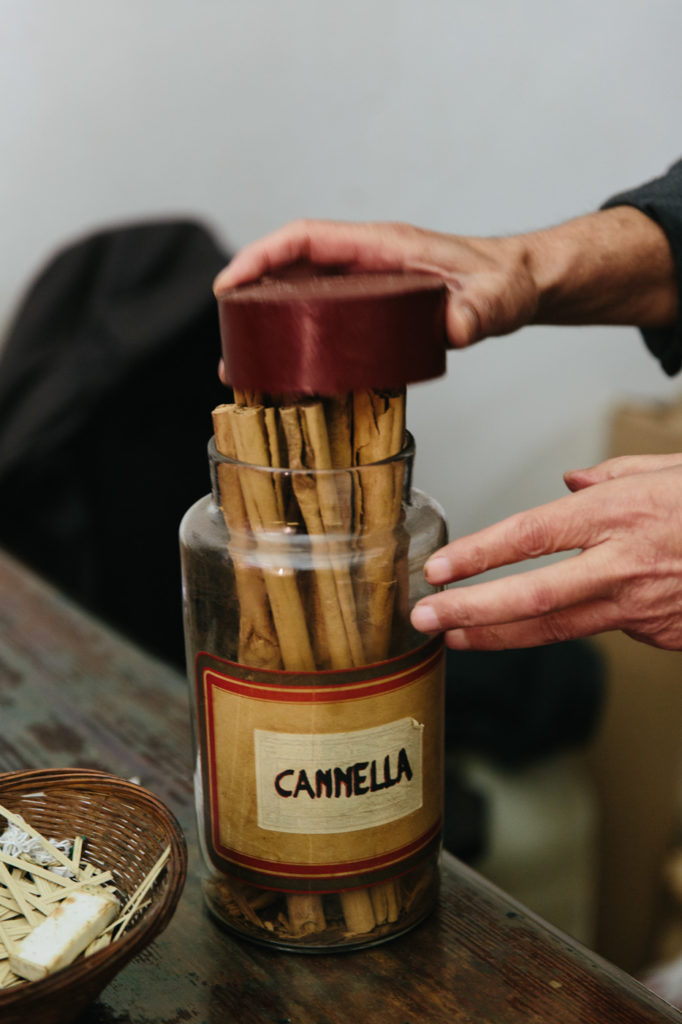
Bizzarri
Via della Condotta 32r
This a gem is, for lack of a better description, an apothecary that remains quite unchanged since its opening in 1842. The original dark wood cabinets house ancient glass bottles holding things like orange blossom water, artisan candied melon and cherries, and essential oils made from Tuscan lavender. There are spices and herbs of all kinds, like numbing Sichuan pepper, curled pieces of mace, giant sticks of cinnamon and a wild herb known in Tuscany as l’erba della paura—the herb of fright. An old Tuscan tradition, the herb was steeped in a tea-like infusion that grandmothers used to “wash” away the fears of children. As the herbal infusion comes into contact with the skin, it changes consistency, getting thicker and working its magic on the imaginations of young children who watch their fears literally seep into the watery concoction, which is then thrown out the window.
I look at the old bottle on the top shelf, thinking of these legends which were well practiced during the war, and I ask if anyone ever actually buys it anymore. “Of course,” is the answer. Bizzarri is not just a time capsule, it’s a place that conserves and perpetuates traditions and even recipes. If you’re making your own liquor or cosmetics, they even have an extraordinary handwritten book of Alessandro Bizzarri’s original 19th century recipes handy.
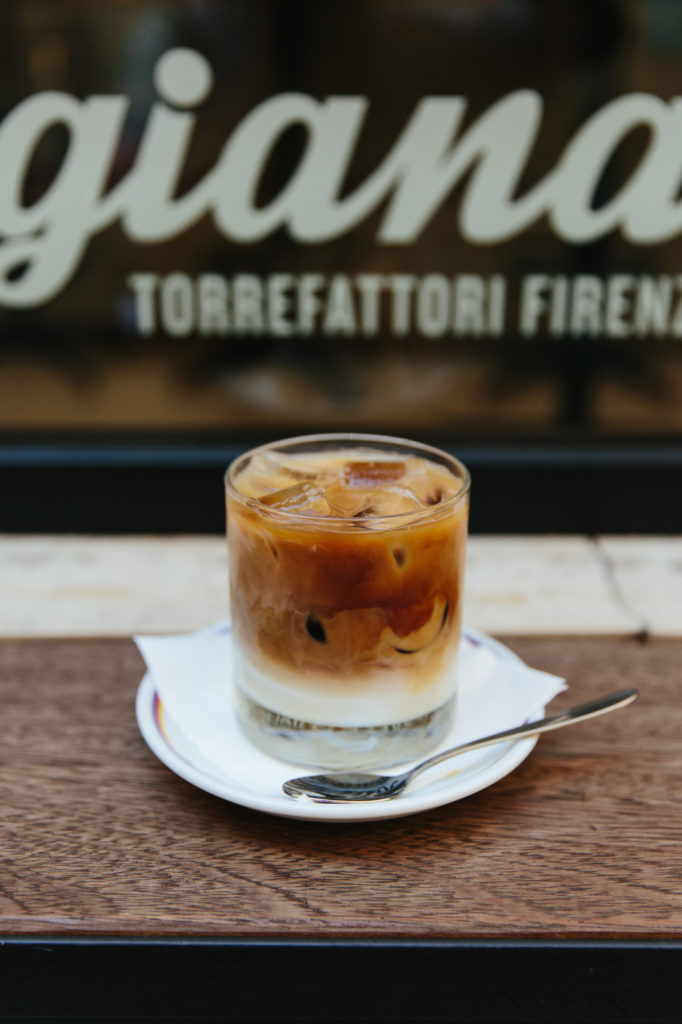
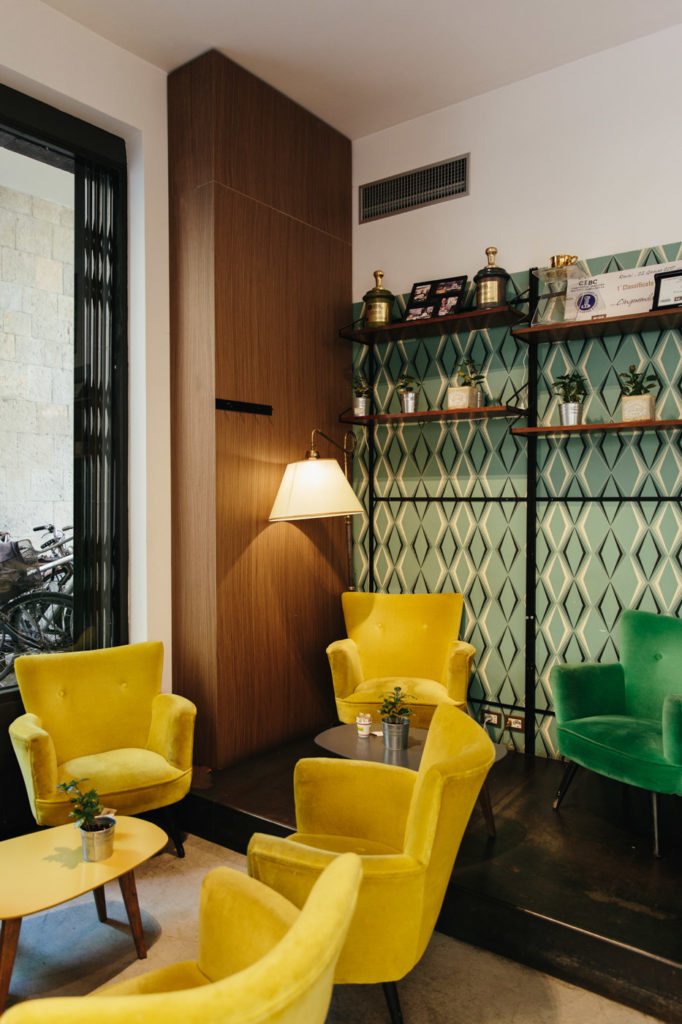
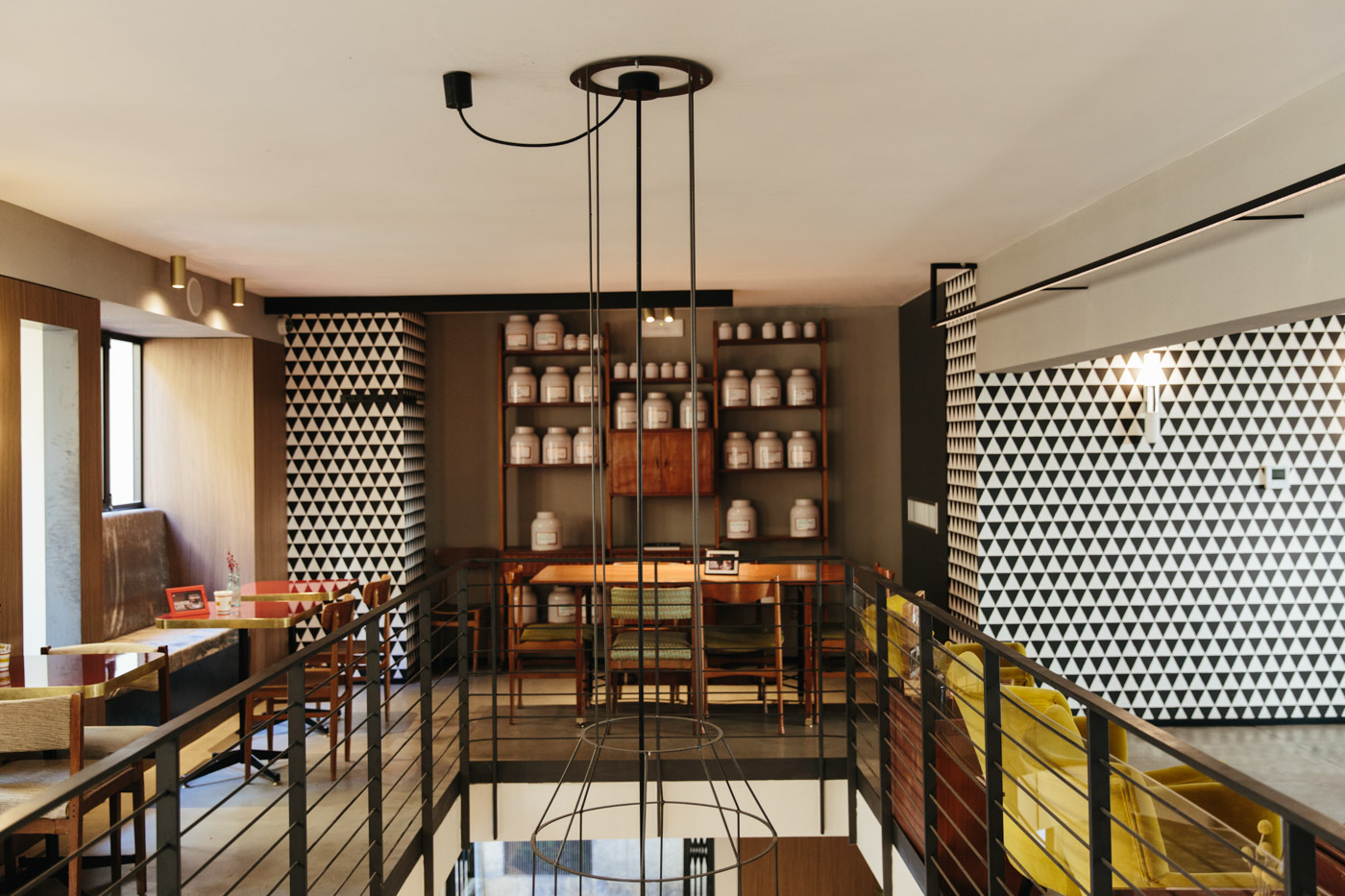
Ditta Artigianale Oltrarno
Via dello Sprone 3-5r
While Florence is a city that decidedly lives in its past, slowly things do change. Typically, Italian bars are places where having coffee is a quick affair; you stand at the counter to avoid paying the extra cost of sitting at a table (because there is an extra charge for sitting down at classic bars). Ditta Artigianale was one of the first new cafés to offer residents a taste of properly made, passionately sourced coffee at all hours of the day. It’s the kind of place you could easily find in Seattle or Melbourne, but until now, was not offered in Florence.
Francesco Sanapo—fresh from taking third place at the World Barista Championships in Australia—opened the first branch of Ditta Artigianale in busy Via dei Neri. It was so popular, a second opened in the heart of the oltrarno neighborhood in less than a year, and then a third, inside a cinema near the Duomo.
The oltrarno branch, just off charming Piazza della Passera in the heart of the artisan quarter of Florence, is arguably the best of the bunch. With cozy and stylish seating to settle into and even a spot to sit al fresco, it’s a place in which you don’t need to feel rushed—and you shouldn’t be in a rush, as you won’t find the quickest of service here. But you will find a well-researched selection of single-origin coffees and blends, offered in Italian and international favorites, from aeropress and antipodean flat white to cold drip or iced coffee with almond milk. You may also want to come back in the evening so you don’t miss the excellent cocktails.
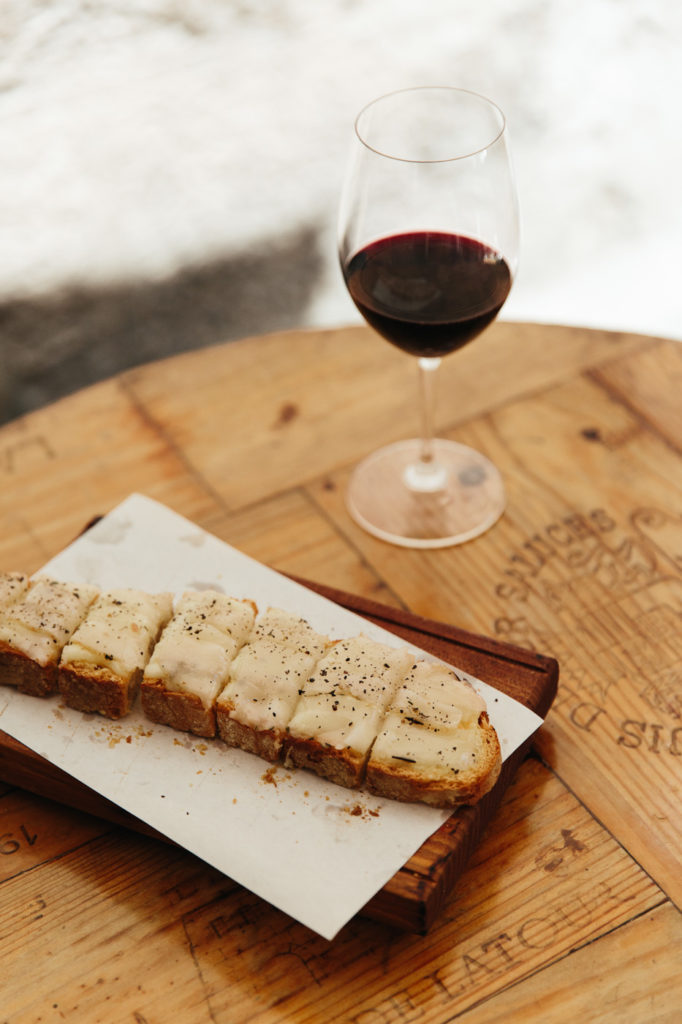
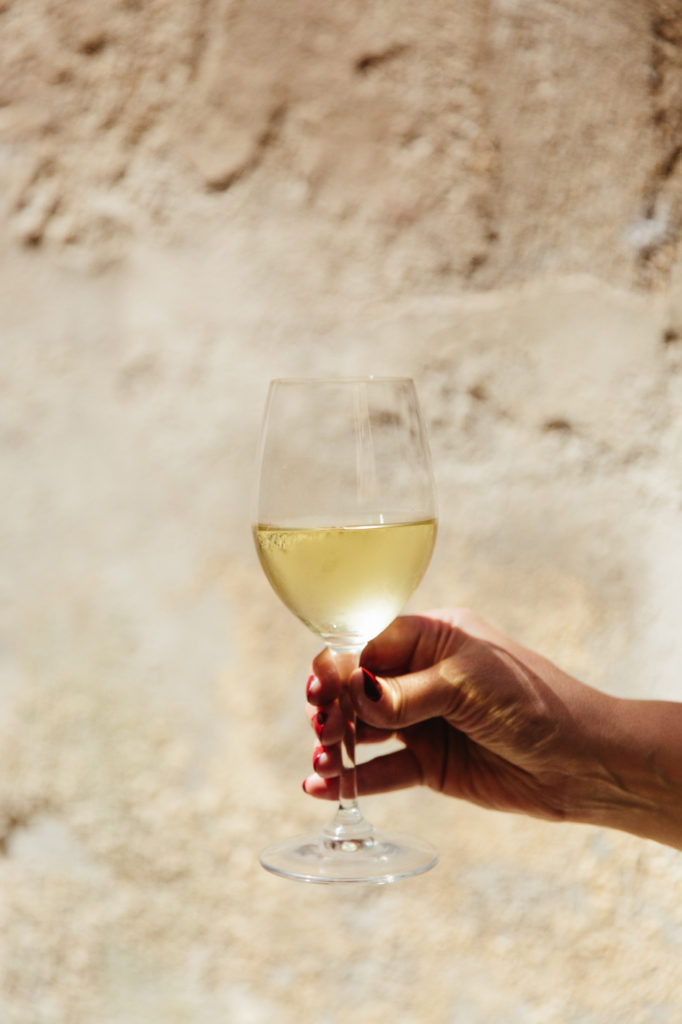
Le Volpi e L’Uva
Piazza dei Rossi, 1r
This little wine bar, tucked away in a surprisingly quiet pocket near the Ponte Vecchio, has become an institution of Florence in the 20 years it has been open. The format is simple. Plenty of wines by the glass—an interesting, hand-picked selection sourced directly from small producers from all over the peninsula. There’s no kitchen, but a few things that naturally go wonderfully with wine are prepared on the other side of the marble bar counter: small plates of Italian or French cheeses, mixed salumi of various pedigrees, little fingers buns with smoked goose breast and butter, or bubbling hot, cheesy crostoni topped with speck, paper-thin slices of lardo or spilling over with cherry tomatoes and taggiasche olives. In the evening, it can be hard to get a seat at one of the few wine crate covered tables outside (although these can be reserved) or inside at a spot at the bar because everyone, even regulars, find that once there, it is difficult to leave. But if you don’t mind hovering with a glass of wine or two, there’s always room for that too.




Caffe Desiderio
Piazza Tommaseo 5r (Settignano)
If you feel the need to get out of the bustle and chaos of Florence’s historical center, by a short bus or cab ride you can escape to the hills, just like the characters in Boccaccio’s medieval Decameron. Settignano is a serene, sleepy hilltop Florentine neighborhood that has long been the home of artists from Boccaccio himself to Michelangelo to Mark Twain, and has somehow been kept a secret. Caffe Desiderio, named after the eponymous sculptor from Settignano, is a destination eatery for those in the know.
Running this versatile, convivial spot made up of one intimate room and a handful of street-side tables in Settignano’s piazza, is Michele Busanero. He’s created the kind of place that feels just as natural as a spot to grab an aperitivo (a glass of wine and a trio of prosciutto of different provenances, perhaps) or for a long, cozy meal. The wine list is unpretentious and food-friendly, and the menu is always seasonal and peppered with well-sourced, Slow Food ingredients—a salad of foraged spring herbs with shavings of aged De’ Magi cheese, Verrigni pasta in a stinging nettle pesto with an anchovy crumb and the best Angus burger with homemade crisps in Florence. It’s relaxed and enjoyable eating and drinking in the olive and cypress lined Florentine hills.
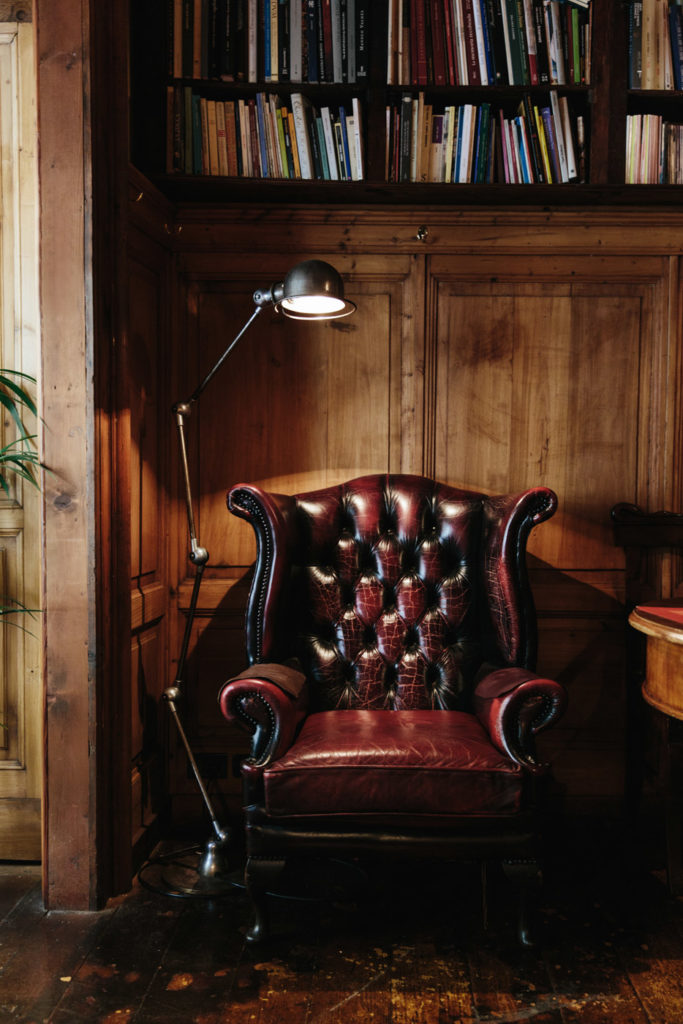
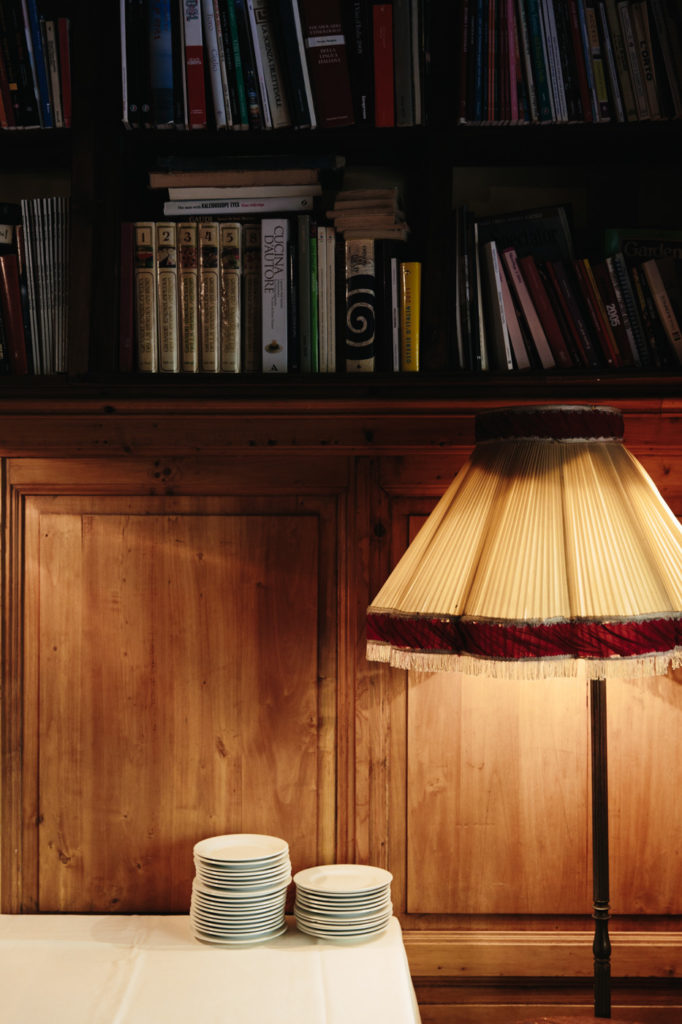
Teatro del Sale
Via de’ Macci 111r
The eating experience at Teatro del Sale, one of Cibreo chef Fabio Picchi’s famous eateries in the Sant’Ambrogio neighborhood, is, by its very nature, theatrical. You enter the dark wooden interior of the theater, where you must first take out a membership to join what feels like a secret club just for those in the know of this special eatery. Once you have become a member and paid for the set menu (one of the best deals in Florence), you can enter the atmospheric dining space, which might be the cookbook-lined library during quieter weekdays, or the theater itself for the weekend lunch. During that time, it bustles with Florentine families and is possibly the best time to visit for the entertainment coming from its open kitchen.
The food is served partly buffet style, where side dishes like smoky, creamy eggplant, lemon-laced sauteed chard or chickpeas in olive oil, and warm housemade schiacciata with little pots of anchovy butter or chicken liver pate, are always accessible. Hot dishes such as fusilli with sausage ragu and ricotta polpette in a deep red sauce or deep fried anchovies, come out of the kitchen as they are ready. They are announced—actually yelled—directly out the kitchen by chefs, along with friendly reminders not to eat too quickly, in a sing-song voice reminiscent of fishermen at the markets: “Acciughe fritte! Fate piano!”
Try to leave a tiny space for a small square of Cibreo’s fudgy, flourless dark chocolate cake with espresso—perhaps with a dollop of thick yogurt and cherry jam.
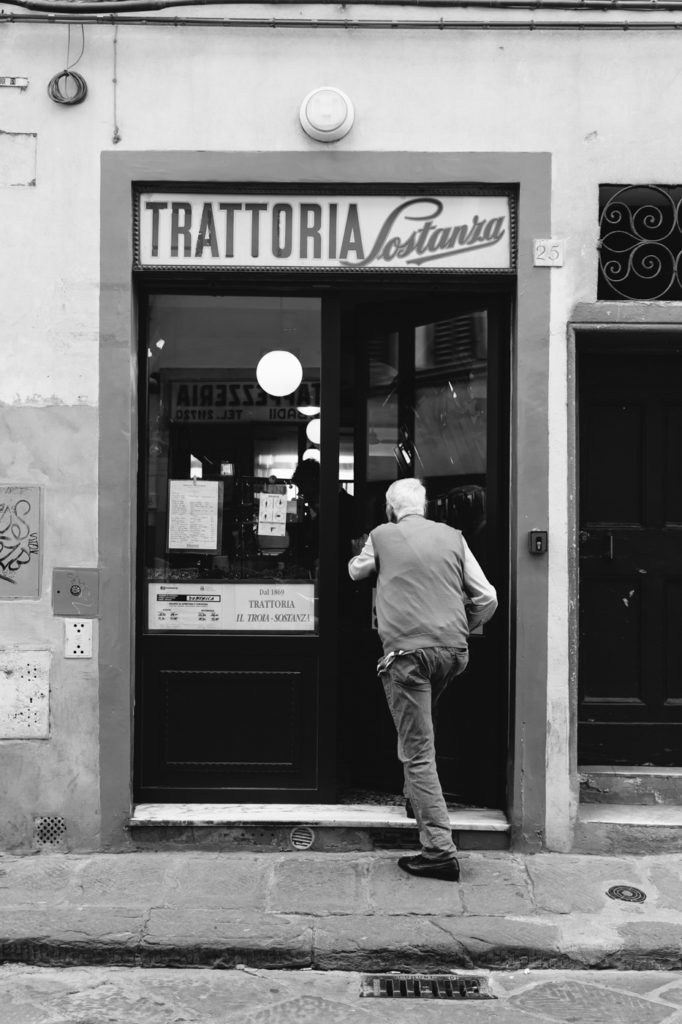
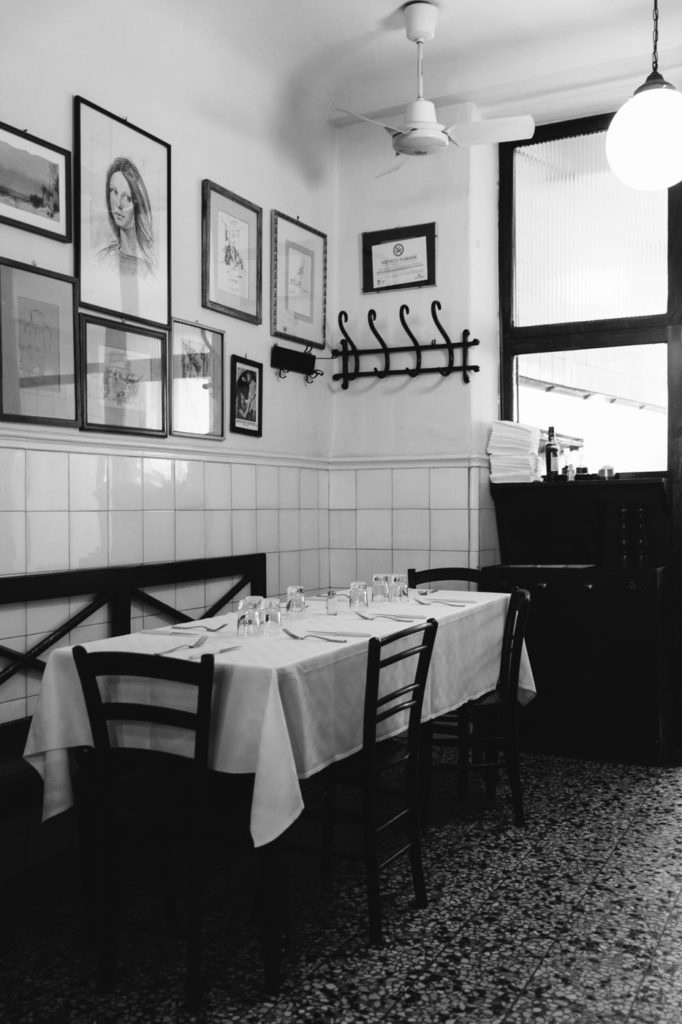
Trattoria Sostanza
Via del Porcellana 25r
I once snapped up a 25-year-old restaurant guide to Florence at a secondhand bookshop in which this institution is featured. Un monumento di Fiorentinità, or, “A monument of Florentinity,” declares a subtitle to the book’s entry on Trattoria Sostanza. Entering the restaurant means stepping back in time, to a 19th-century Florentine trattoria caught somewhere between the refined and the working class. The old guide book praises its traditional Tuscan menu, including a “perfect” bistecca alla fiorentina (rare grilled T-bone steak) and “exquisite” chicken in butter, Sostanza’s signature dish. It could easily have been written yesterday.
It’s probably safe to say that the place hasn’t changed much since it opened in 1869. Classic trattoria tables with white tablecloths still line both sides of the long, narrow dining room, which ends in a good view of the small kitchen in which most of the cooking is done over hot coals. It’s nowhere near a new discovery. The likes of Chagall, Steinbeck and Gregory Peck have dined here. But its illustrious clientele is not what makes the modest Sostanza famous. It’s that chicken in butter which continues to do so: two plump, tender chicken breasts, dipped in flour and fried in butter over coals, served on a sizzling hot pan, perfuming the entire room. You’d only need a salad of crunchy, delightfully bitter radicchio leaves or a plate of simple cannellini beans with olive oil, a carafe of wine, and some wild strawberries sprinkled with lemon juice to make this perfect meal complete.





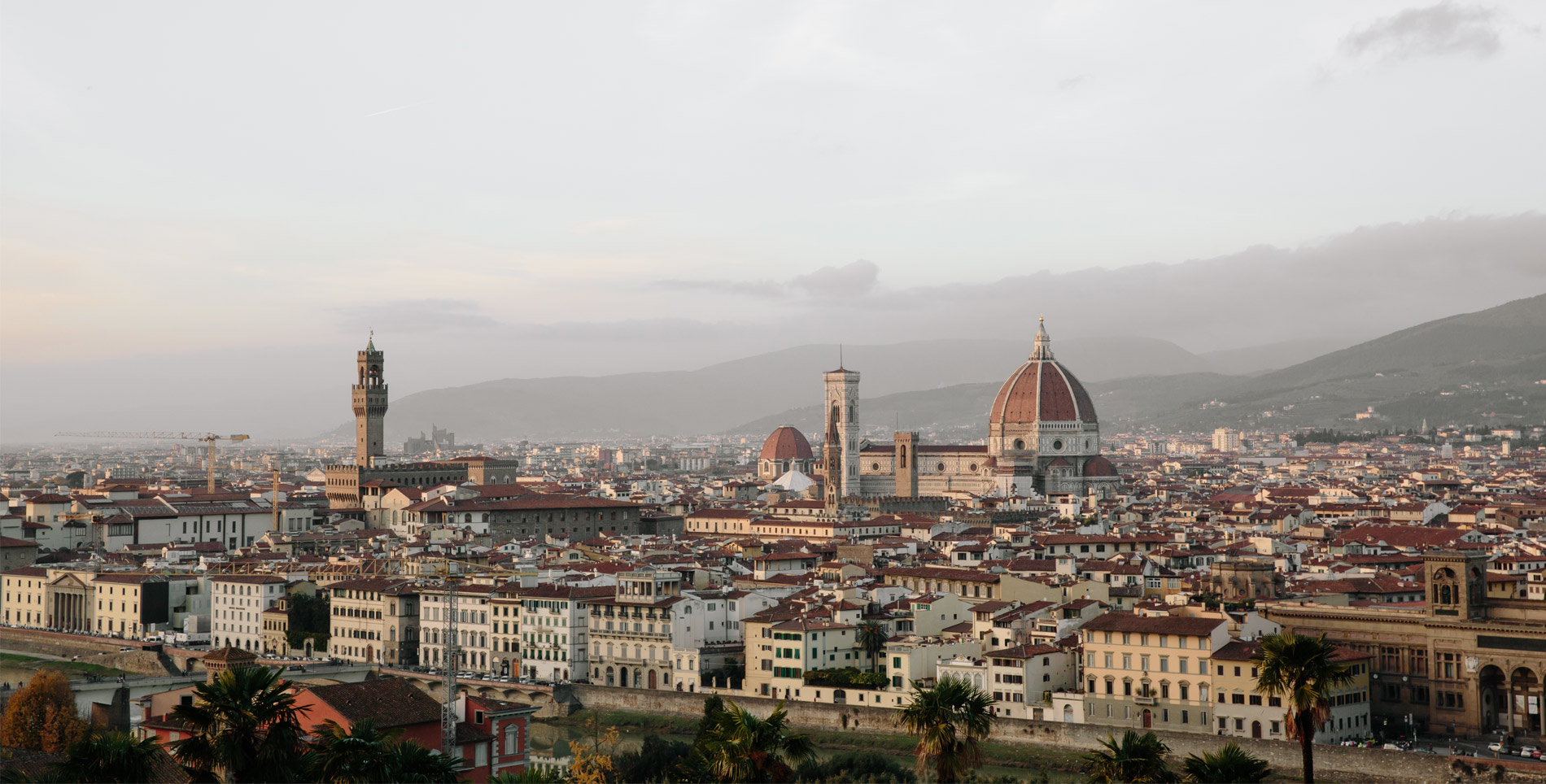

Our comments section is for members only.
Join today to gain exclusive access.